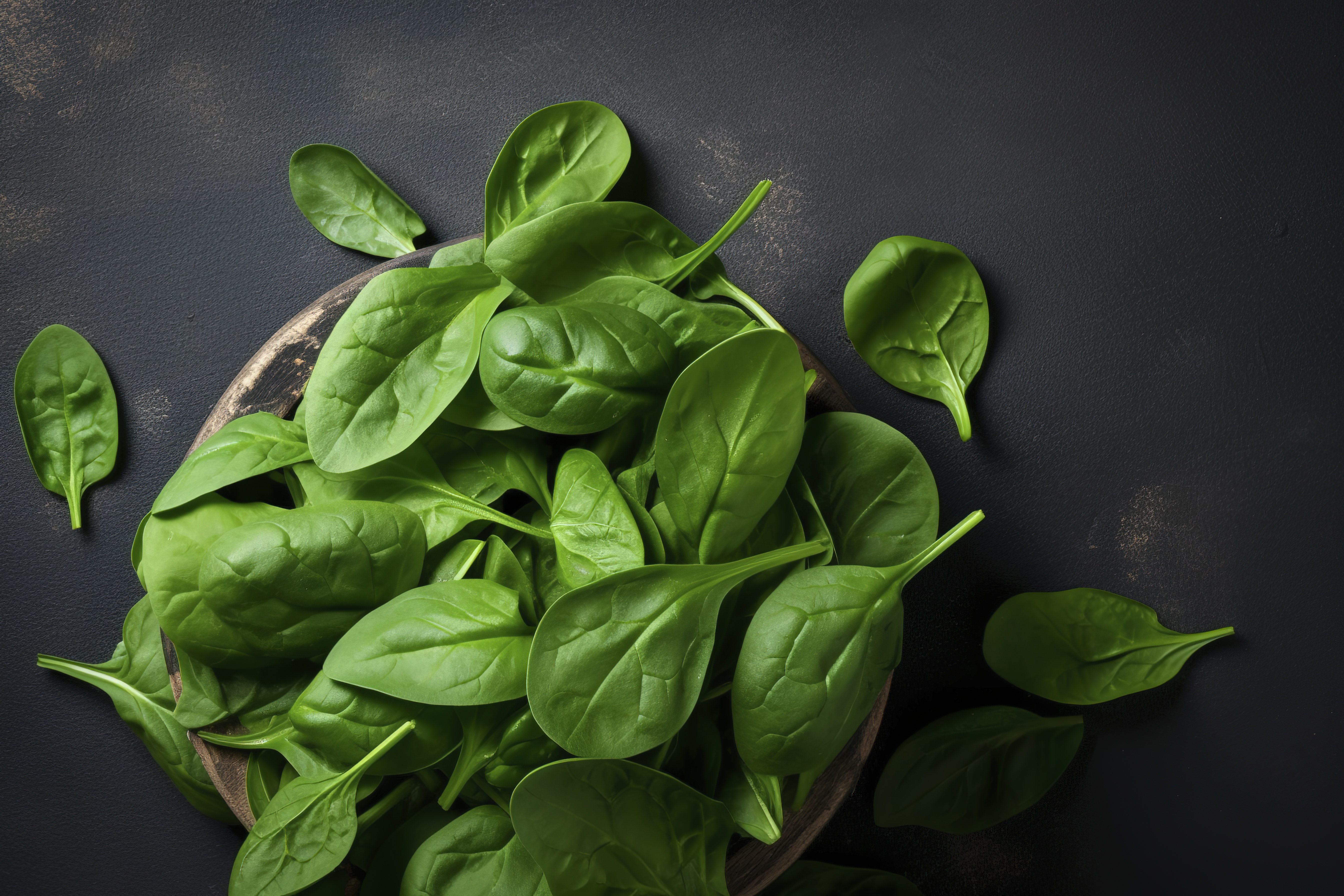- Home
- Gardening Tips
- How to Grow Spinach
Simple Steps on How to Grow Spinach
Why learn how to grow spinach?
The mighty spinach, Popeye's Superfood! Even back then people knew that spinach is one of the most powerful vegetables you can grow in the home garden. Every gardener should know how to grow spinach.
Packed with a whole list of vitamins, it is an excellent addition to the organic home garden. It has the normal requirements, with one small special requirement for soil.

Soil
Spinach requires a rich soil with plenty of humus and lots of Nitrogen. It is picky about PH, liking it high. You can have your soil tested and amend with lime, if necessary.
You can also achieve the desired goal by using manure to fertilize your garden in the fall. Digging it into the soil in the fall bypasses the need for it to be aged. It will age during the winter and be ready to plant in the spring. This is especially good for all the greedy plants, spinach, kale, most leafy greens, and even tomatoes.
Planting
Spinach can be planted quite early in the spring, as soon as you can work the soil. It has a large seed, so plant it about 1/2" deep. Drop them 4" to 6" apart, or plant them thickly and thin as they grow.
Spinach can benefit from growing close to onions and garlic, which help keep unwanted pests at bay. Keep the seedbed evenly moist while waiting for your seed to sprout. Plant again in the fall as soon as it cools down for a double crop!
Temperature
Spinach is a lover of cool temperatures and grows best in the spring and fall. The high heat of mid-summer will cause it to bolt and go to seed. Once you see a flower, it is past its prime.
Pull the plants and let the ground rest until late August and replant. Another planting in early fall will keep you supplied with spinach right through the first hard frost or even longer when planted in a raised bed with a cold cover.
Light
Full sun is necessary for spinach to thrive. However, just as with the heat of summer, the intense sun of summer can cause your spinach to bolt. It can be possible to keep the crop going with regular water and shade in the heat of the day.
Water
As with most leafy vegetables, spinach likes regular water. A compost mulch will help the soil retain water and will enrich the soil as you water. A manure tea or fish emulsion every few weeks will satisfy spinach's need for nutrients.
Harvest
One great thing about growing spinach is the early harvest. Start eating it as you thin the young plants. Cutting the leaves regularly will keep the plant producing. The younger leaves taste the best, and the plants don't mind the harvesting. It can be cut back severely to bring back a crop of young leaves if it gets old and tough.
Get the great benefits of spinach from your own garden with delicious spinach recipes. Blend up a green smoothie and see the difference in your health!
Maintenance Tips
Bugs like spinach as much as people do! After learning all these secrets on how to grow spinach, you want to enjoy the greens of your labor. To keep the spinach to yourself, you can make row covers with a fine mesh fabric, fine enough to keep most of the pests on the outside and off your lovely salad greens!
Cut spinach early and often to add nutritious zing to your salads, smoothies, sandwiches and stir-fry!
Go from How to Grow Spinach to Smoothie Recipes
Go from How to Grow Spinach to Vegetable Gardening Tips